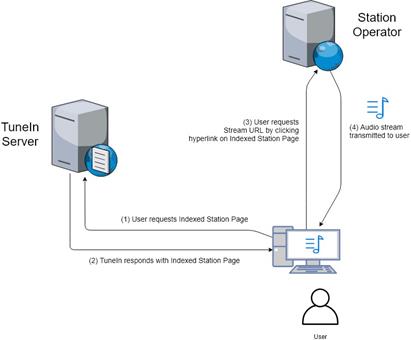
England and Wales High Court (Chancery Division) Decisions
You are here: BAILII >> Databases >> England and Wales High Court (Chancery Division) Decisions >> Warner Music UK Ltd & Ors v Tunein Inc [2019] EWHC 2923 (Ch) (01 November 2019)
URL: http://www.bailii.org/ew/cases/EWHC/Ch/2019/2923.html
Cite as: [2020] ECDR 8, [2019] EWHC 2923 (Ch), [2019] RPC 28
